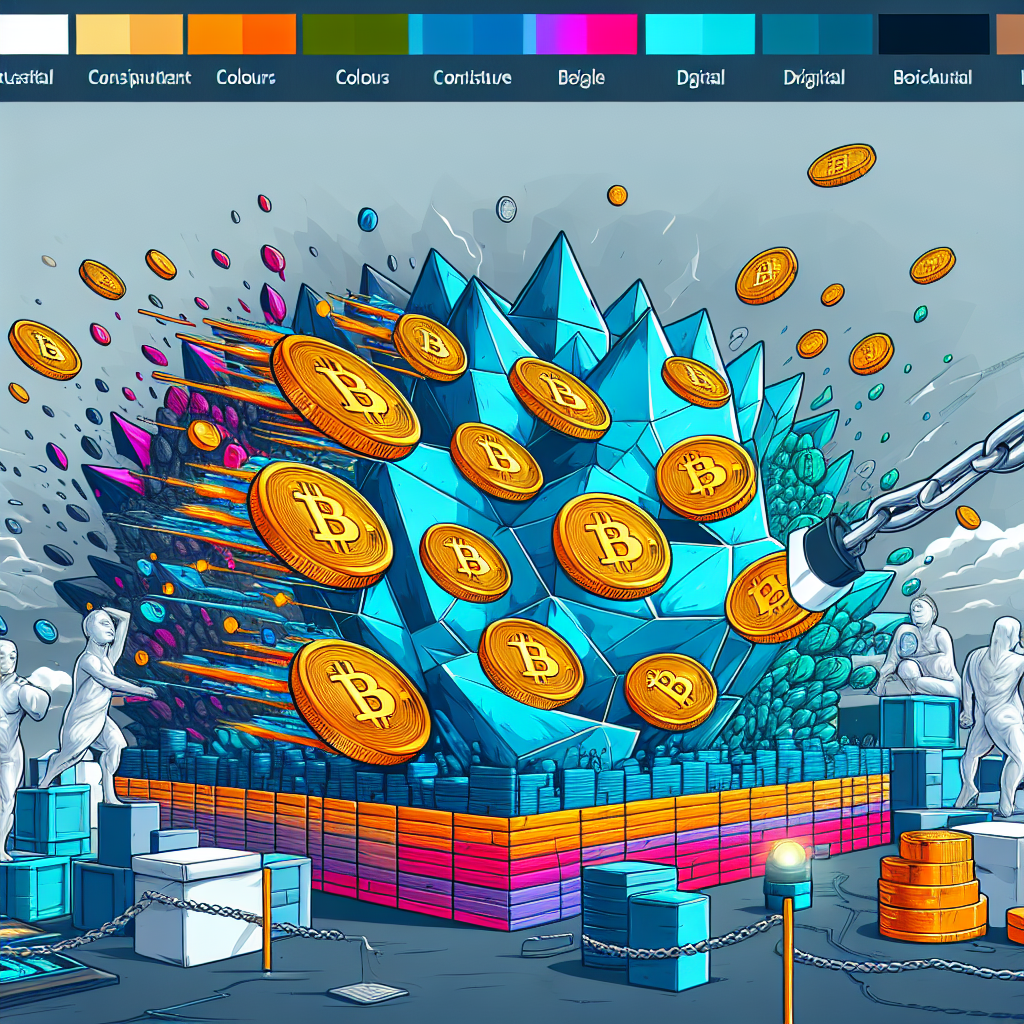Discussions intensify within the Ethereum community as proposals surface to increase the network gas limit by 100%, a move that could significantly affect the network’s stability, security, and evolution.
The Ethereum community is currently engaged in discussions about a notable increase to the network’s gas limit. The proposal under discussion could potentially double the existing limit, resulting in significant implications for the network’s security, stability, and future evolution.
An Overview of The Current Situation
Ethereum, the leading smart contract blockchain, has a gas limit per block that miners can vote to adjust. Recently, a proposal to increase this limit by 100% has sparked a debate within the community, with several prominent figures voicing their concerns about the potential effects of such a change.
The gas limit essentially determines the maximum amount of computational effort that can be expended on transactions and smart contract interactions in a block. Currently, the Ethereum network has a gas limit of 15 million. The new proposal suggests raising this to 30 million, effectively doubling its existing capacity.
Potential Consequences of The Gas Limit Increase
One of the primary concerns over a gas limit increase is its potential impact on the Ethereum network’s decentralization. Higher gas limits would mean larger blocks, leading to additional resource requirements on the nodes that validate and relay transactions. This could result in fewer nodes able to operate effectively, impacting the network’s decentralization negatively.
Furthermore, larger blocks could impact the network’s stability and security. With more transactions in each block, there would be more potential points of failure. This could expose the network to additional security risks, including susceptibility to spam attacks, and make it harder for the network to recover from any potential failures.
Community Reactions to The Proposal
Although some community members argue that the increased gas limit would improve the network’s scalability and reduce gas prices, others worry about the potential impacts on the network’s resilience and security.
Several community figures, including Ethereum developers and miners, have weighed in on the debate. Some point out the potential for increased network capacity and cheaper transaction fees, while others highlight the risks of exacerbating existing problems like network congestion and the risk of centralization.
Conclusion
The proposal to increase Ethereum’s gas limit by 100% has sparked intense deliberations within the community. It’s a topic that touches on many delicate issues, from network security and decentralization to scalability and costs.
While there’s no consensus yet on whether such a substantial increase would be beneficial or harmful, the discussions show that the Ethereum community is actively engaged in considering the future direction of the network, and that all decisions are being thoroughly debated to ensure the best outcome for the Ethereum ecosystem as a whole.






